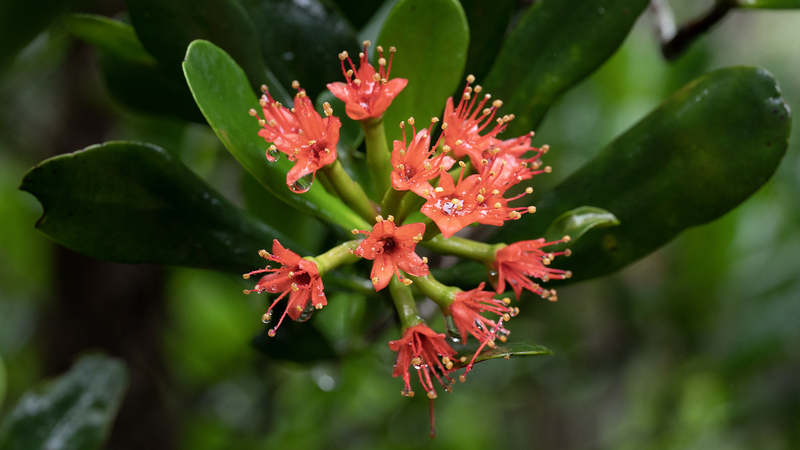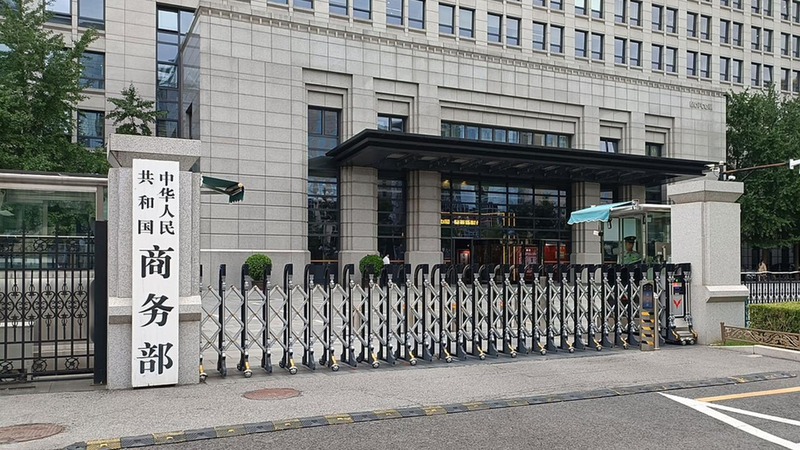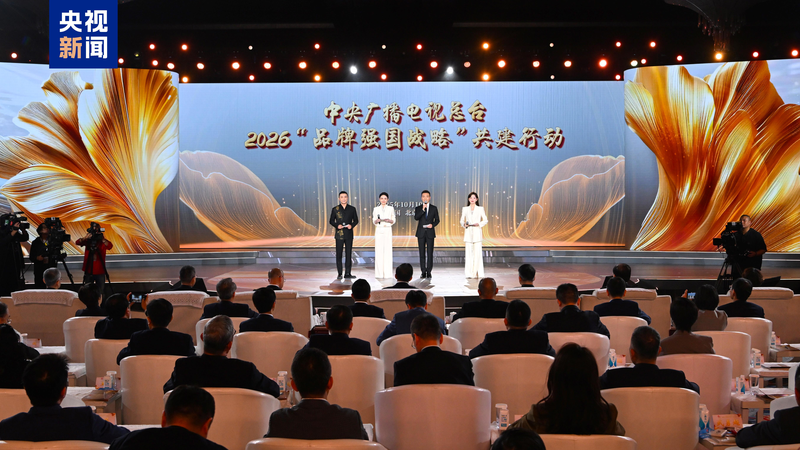Along the sun-kissed shores of south China's Hainan Province, a quiet revolution is taking root. At the heart of it is the red-flowered black mangrove, a rare and fragile tree that has become a symbol of ecological hope and economic opportunity.
For Wang Xia, the story starts in childhood. She recalls her father tending to black mangrove saplings in the family's coastal nursery. Even after retiring, he continued his life's work—developing new generations of trees better suited to resist disease and thrive in changing coastal climates.
“The latest is the fourth generation,” says Wang, now 30 and working with the Dongzhai Port National Nature Reserve Authority. “Compared with earlier versions, these trees show major improvements in disease resistance.”
Across Dongzhai Port, community-led planting drives have restored thousands of hectares of mangrove forest over the last decade. The dense root networks not only stabilize the shoreline but also act as nurseries for shrimp, fish and crabs—supporting local fishermen and boosting biodiversity.
Economic gains have followed ecological wins. Guided mangrove tours and eco-lodges have sprung up, drawing visitors eager to explore Hainan's coastal wetlands. Young entrepreneurs are developing apps to track tree growth, while researchers gather data on carbon capture and species diversity.
This blend of tradition and innovation exemplifies the spirit of global sustainability. From grassroots stewardship to tech-driven monitoring, Hainan's mangrove revival offers a blueprint for coastal communities worldwide—where environmental health and economic resilience go hand in hand.
Reference(s):
Mangrove restoration boosts ecology, economy in south China's Hainan
cgtn.com




